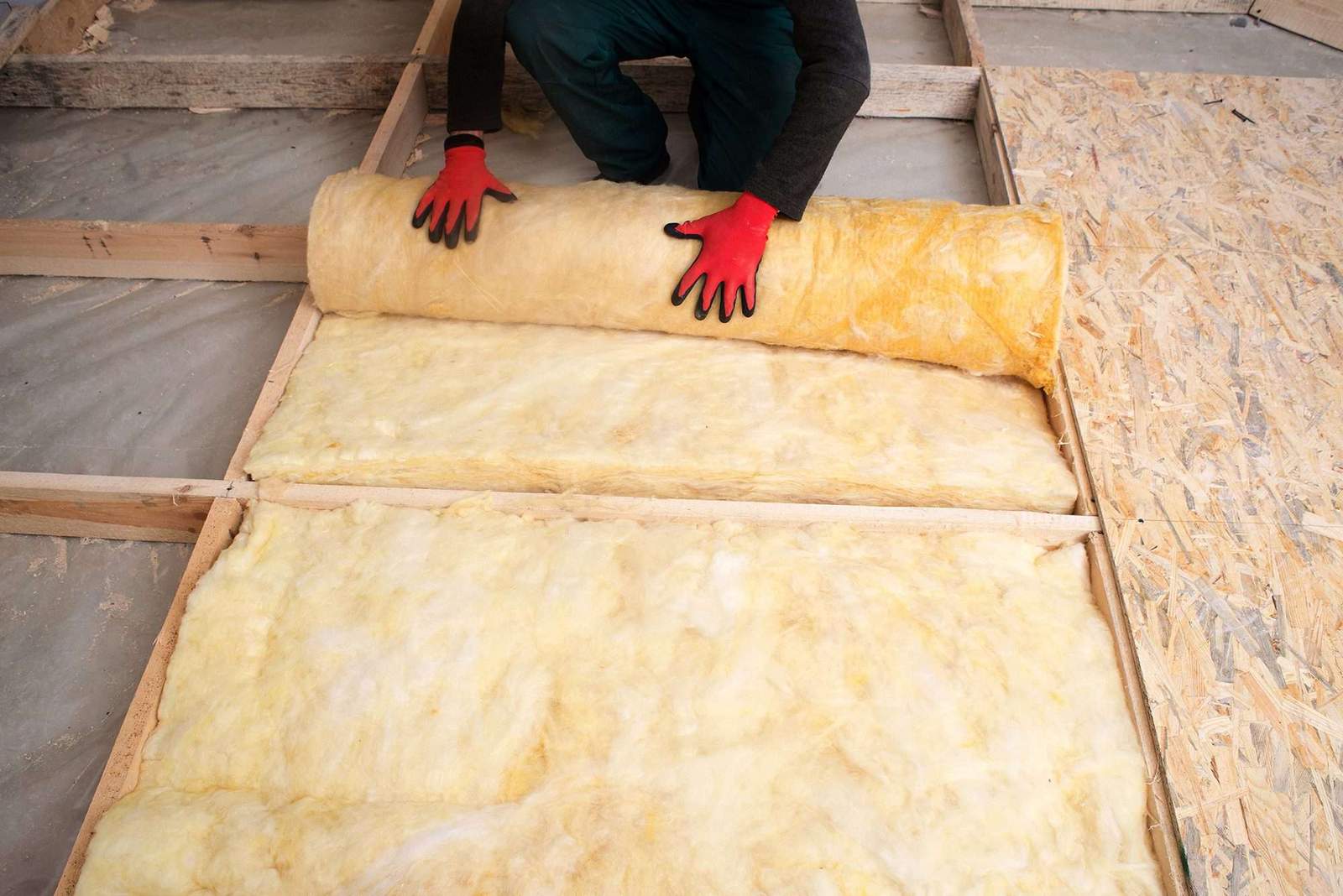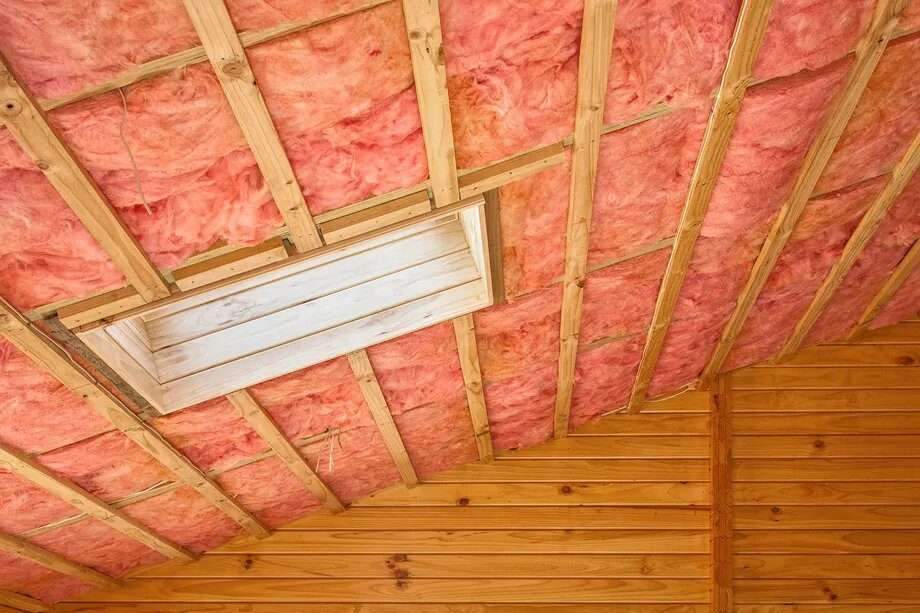How insulation panels work and their types
Insulation is one of the basic needs in your home that provides resistance to heat flow,
as it reduces heating and cooling costs.
Properly insulating your home can not only reduce heating and cooling costs,
but also improve comfort.
How does insulation work?
To understand how insulation works, it is helpful to understand heat flow,
which includes three basic mechanisms – conduction, convection, and radiation.
Conduction is the way heat is transmitted through materials,
such as when a spoon is placed in a hot cup of coffee and the heat is delivered through its handle into your hand.
Convection is the way heat circulates through liquids and gases,
which is why lighter, warmer air rises and cooler, denser air in your home sinks.
The radiant heat travels in a straight line and heats up anything solid in its path that absorbs its energy.
Most common insulation materials work by slowing conductive heat flow and convective heat flow,
and radiant barriers and reflective insulation systems work by reducing radiant heat gain.
To be effective, the reflective surface must be in contact with an air space.
Regardless of the mechanism, heat flows from the warmer regions to the cooler regions so that there is no temperature difference in your home.
This means that in winter, heat flows directly from all heated living quarters to adjacent unheated attics,
garages, basements, and especially to the outdoors.
Heat flow can also travel indirectly through interior ceilings,
walls and floors – wherever there is a temperature difference.
During the cooling season, heat flows from the outdoors into the home.
To maintain comfort, heat lost in winter must be replaced by your heating system and heat gained in summer must be removed by your cooling system.
Properly insulating your home will reduce this heat flow by providing effective resistance to heat flow.

Insulation types
To choose the best insulation for your home from the many types of insulation on the market,
you will need to know where you want or need to install the insulation,
and what R-value you want the installation to achieve.
Other considerations may include indoor air quality impacts, life cycle costs,
recycled content, embodied carbon, and ease of installation, especially if you plan to do the installation yourself.
Some insulation strategies require professional installation, while others can be easily handled by homeowners.

Insulating materials
Insulation works in the gamut from bulky fiber materials such as fiberglass,
rock wool, cellulose and natural fibers to rigid foam boards to smooth laminates.
Oversized materials resist conductive heat flow in the building cavity,
and rigid foam panels trap air or other gas in their cells to counteract conductive heat flow.
Highly reflective foil in radiant partitions and reflective insulation systems reflects radiant heat away from living quarters, making it particularly useful in cooling climates.
Other less common materials such as cement, phenolic and perlite foams are also available.
For more architectural news
Mirai House is carved with steep arches to respond to India’s hot desert climate






